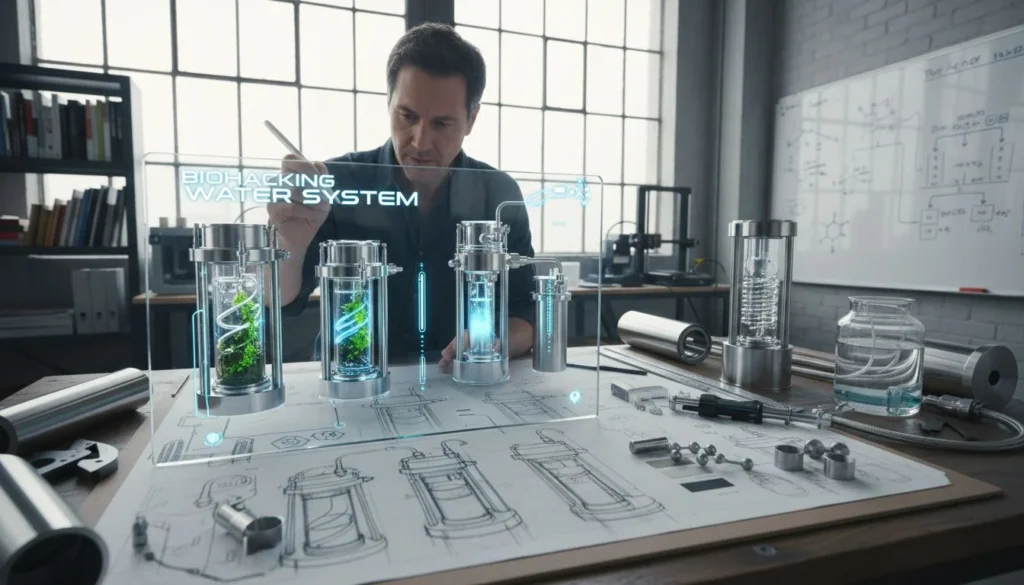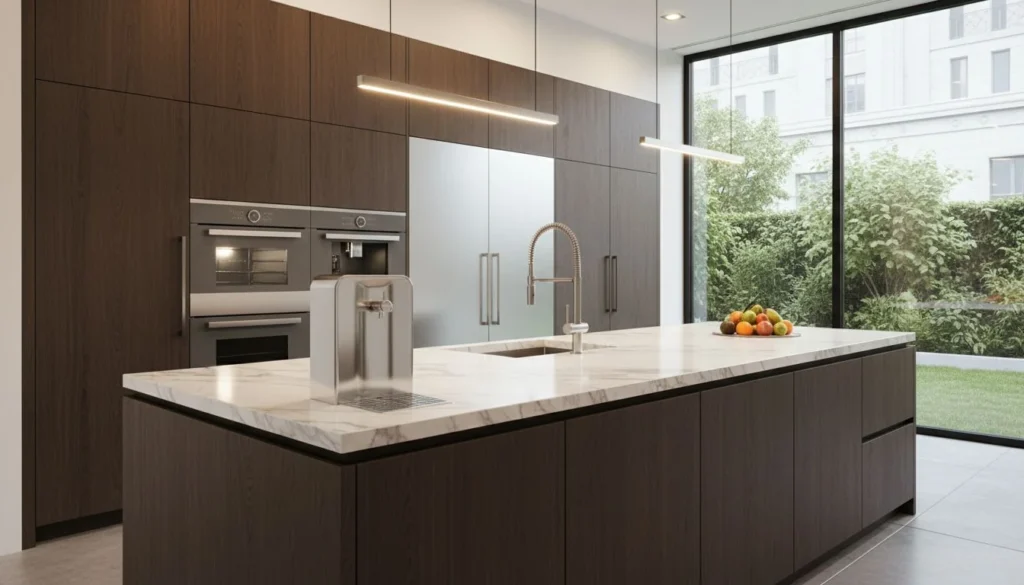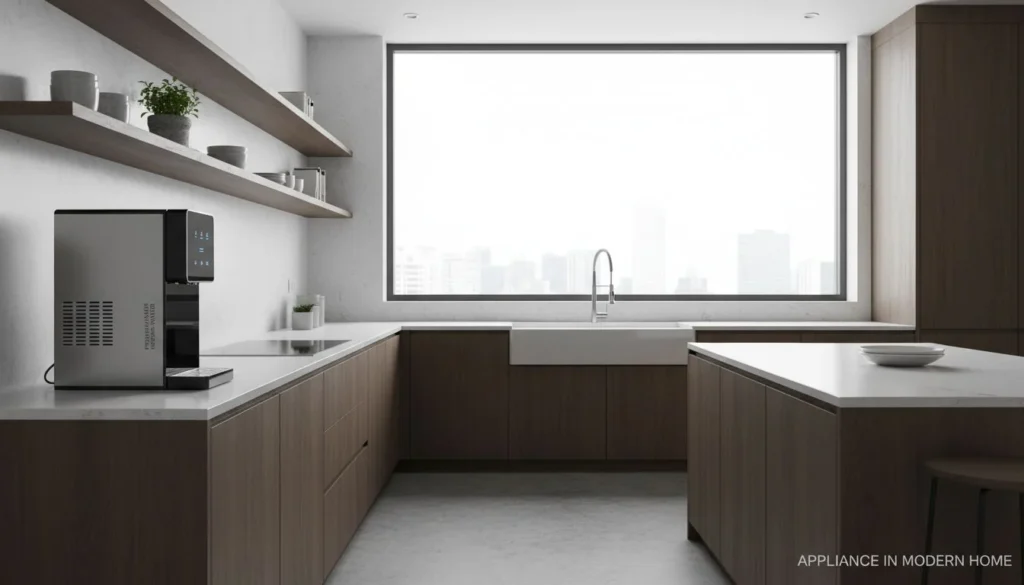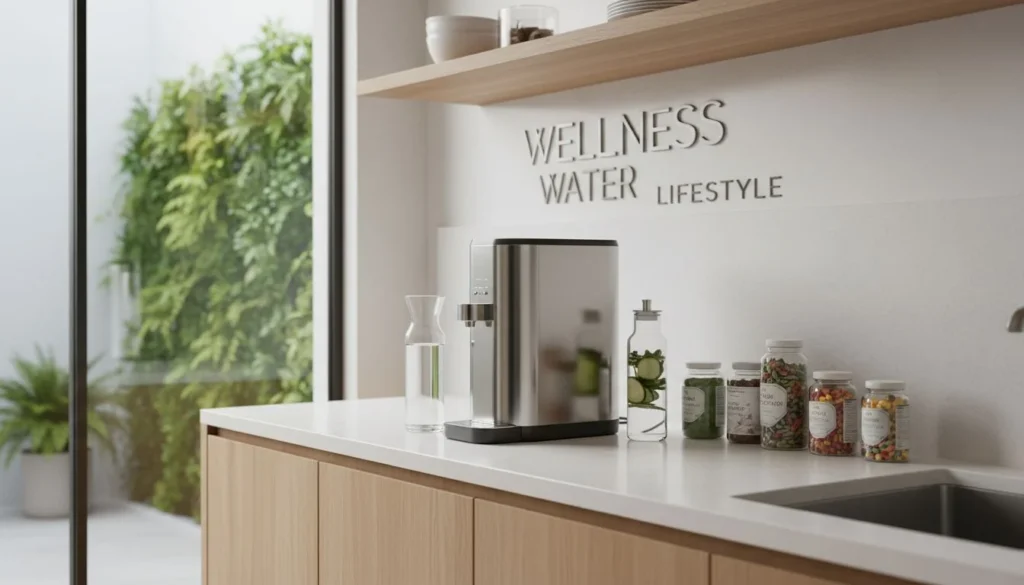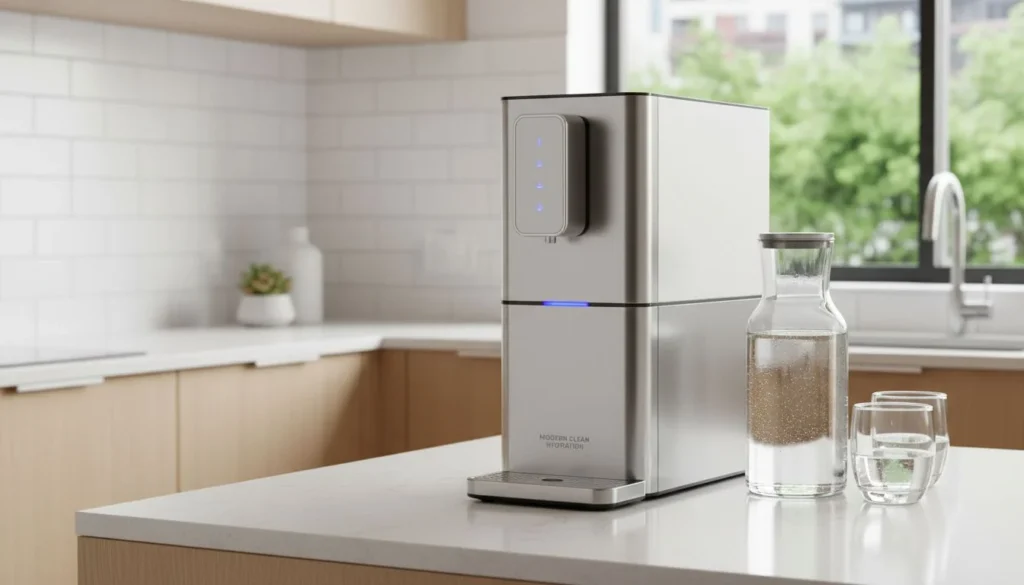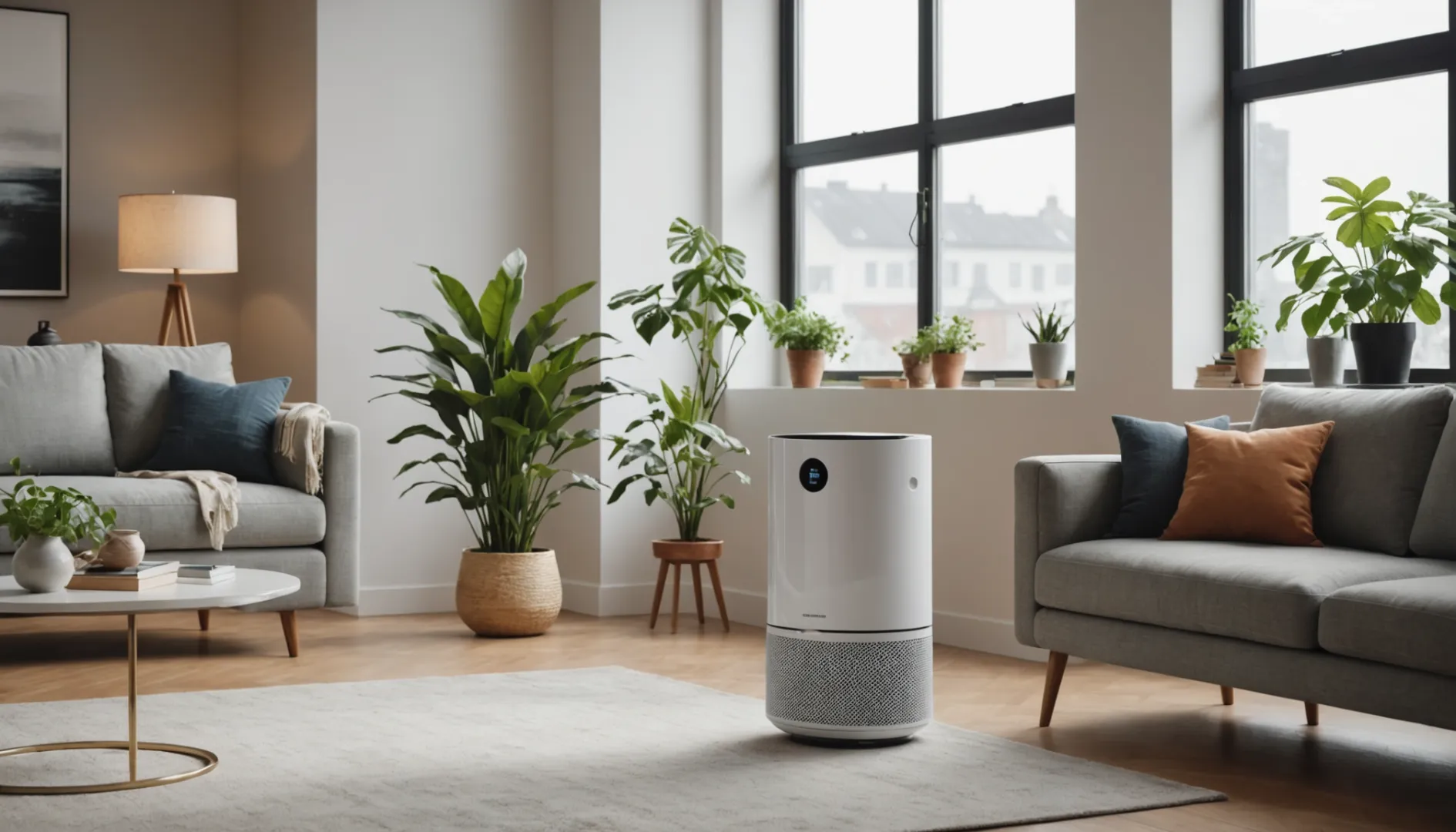
Finding the perfect air purifier can feel overwhelming, but it doesn't have to be!
The five key factors to consider when choosing a reliable air purifier manufacturer include expertise in air purification technology, customization capabilities, commitment to quality standards, advanced technology and innovation, and transparent communication and support.
While understanding these primary factors offers a solid foundation, delving deeper into each aspect can significantly enhance your decision-making process. Keep reading to discover how these elements interplay to help you identify the best manufacturer for your needs.
Expertise in air purification technology ensures better product quality.True
Manufacturers with expertise offer high-quality, efficient air purifiers tailored to needs.
How Does Expertise in Air Purification Technology Influence Manufacturer Selection?
Expertise in air purification technology is pivotal when selecting a manufacturer, ensuring effective and innovative solutions.
Expertise in air purification technology significantly influences manufacturer selection by determining the quality, efficiency, and suitability of air purifiers for specific environments and requirements.
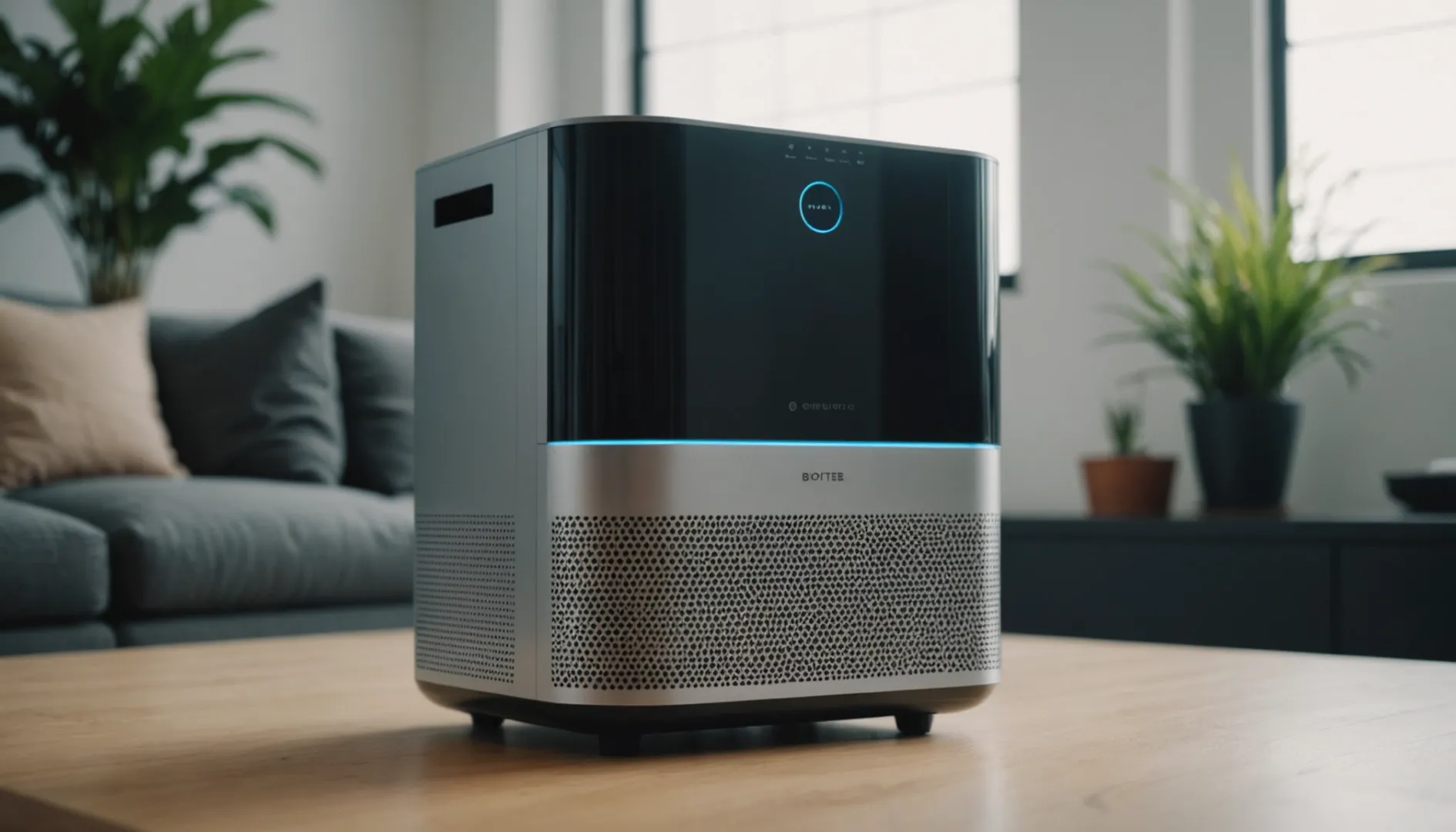
Understanding Filtration Technologies
Expert manufacturers possess comprehensive knowledge about various filtration technologies such as HEPA, activated carbon, electrostatic, and UV-C filters. Each type has distinct benefits: HEPA filters trap particles as small as 0.3 microns, while activated carbon excels in odor removal. This technical know-how enables manufacturers to recommend the best-suited filters for diverse needs, from residential1 spaces to medical2 facilities.
Advanced Features and Their Importance
Manufacturers with expertise can integrate advanced features like noise-reduction technology and IoT-enabled monitoring. Noise reduction is crucial for home or office air purifiers where silence is golden. IoT capabilities allow users to monitor and control air quality remotely, offering convenience and peace of mind.
Impact of Multi-Stage Filtration Systems
A seasoned manufacturer might suggest multi-stage filtration systems that trap a broader range of pollutants, including VOCs (volatile organic compounds). This approach not only enhances air quality but also extends the life of the purifier by reducing strain on any single filtration stage.
| Feature | Importance |
|---|---|
| Noise Reduction | Essential for quiet environments |
| IoT Monitoring | Enables remote control and data tracking |
| Multi-Stage Filtration | Captures a wider array of pollutants |
Expertise in Customization
Expertise isn’t just about understanding filters; it also involves customizing solutions. Manufacturers well-versed in air purification can tailor products to meet specific client needs, ensuring optimal performance. For instance, they might adjust filtration mechanisms to cater to environments with high pollen counts or industrial pollutants.
By focusing on these aspects, expertise in air purification technology doesn't merely influence manufacturer selection; it dictates the long-term success and satisfaction with your choice.
HEPA filters trap particles as small as 0.3 microns.True
HEPA filters are known for their ability to capture tiny particles, enhancing air quality.
IoT monitoring is unnecessary for air purifiers.False
IoT monitoring allows users to track and control air quality remotely, adding convenience.
Why Is Customization and Flexibility Important in Air Purifier Manufacturing?
In the evolving world of air purification, customization and flexibility stand as pillars of innovation.
Customization and flexibility in air purifier manufacturing allow products to meet specific market needs, enhance performance, and integrate advanced technologies tailored to user preferences.

Understanding Market Demands
Customization enables air purifier manufacturers to cater to diverse market segments, including residential, commercial, and medical. For instance, a residential air purifier might prioritize aesthetics and quiet operation, while a medical-grade device focuses on maximum filtration efficiency. By tailoring products to these distinct requirements, manufacturers can ensure that their solutions effectively address consumer needs.
Embracing Technological Advancements
Flexibility in manufacturing allows for the integration of cutting-edge technologies such as IoT-enabled features, which enable remote monitoring and control. This adaptation is crucial as consumers increasingly demand smarter solutions. For example, manufacturers that incorporate IoT technology in air purifiers3 offer users the ability to track air quality in real-time and adjust settings via smartphones.
Adapting to Environmental Regulations
Different regions have varying environmental standards and regulations. Customization ensures compliance with local laws, which is vital for market entry and sustainability. For example, stricter regulations in some areas may necessitate the use of specific filters or technologies to meet local air quality requirements.
Enhancing User Experience
Manufacturers that offer customization options can significantly improve user experience by addressing personal preferences such as noise levels or energy efficiency. A customizable interface allows consumers to select modes that best fit their lifestyle, enhancing satisfaction and product loyalty.
Responding to Emerging Trends
Flexibility in production processes also means being agile enough to respond to emerging trends and technologies. For example, as the demand for eco-friendly products rises, manufacturers who can swiftly integrate sustainable materials into their purifiers will have a competitive edge. Understanding and adapting to sustainable materials in manufacturing4 can lead to innovative product designs that attract environmentally conscious consumers.
By incorporating customization and flexibility into their operations, air purifier manufacturers can not only meet current demands but also anticipate future trends, ensuring continued relevance and success in the market.
IoT technology in air purifiers allows real-time monitoring.True
IoT features enable users to track air quality and adjust settings remotely.
Customization in air purifiers ignores local environmental laws.False
Customization ensures compliance with varying regional environmental standards.
What Role Do Quality and Certification Standards Play in Choosing a Manufacturer?
Quality and certification standards are critical in determining the reliability and safety of a manufacturer.
Quality and certification standards ensure that manufacturers meet industry benchmarks for safety, performance, and environmental impact. These standards, such as ISO certifications and third-party lab validations, help buyers identify trustworthy manufacturers committed to producing high-quality, compliant products. Prioritizing these standards in your selection process ensures product reliability and consumer trust.
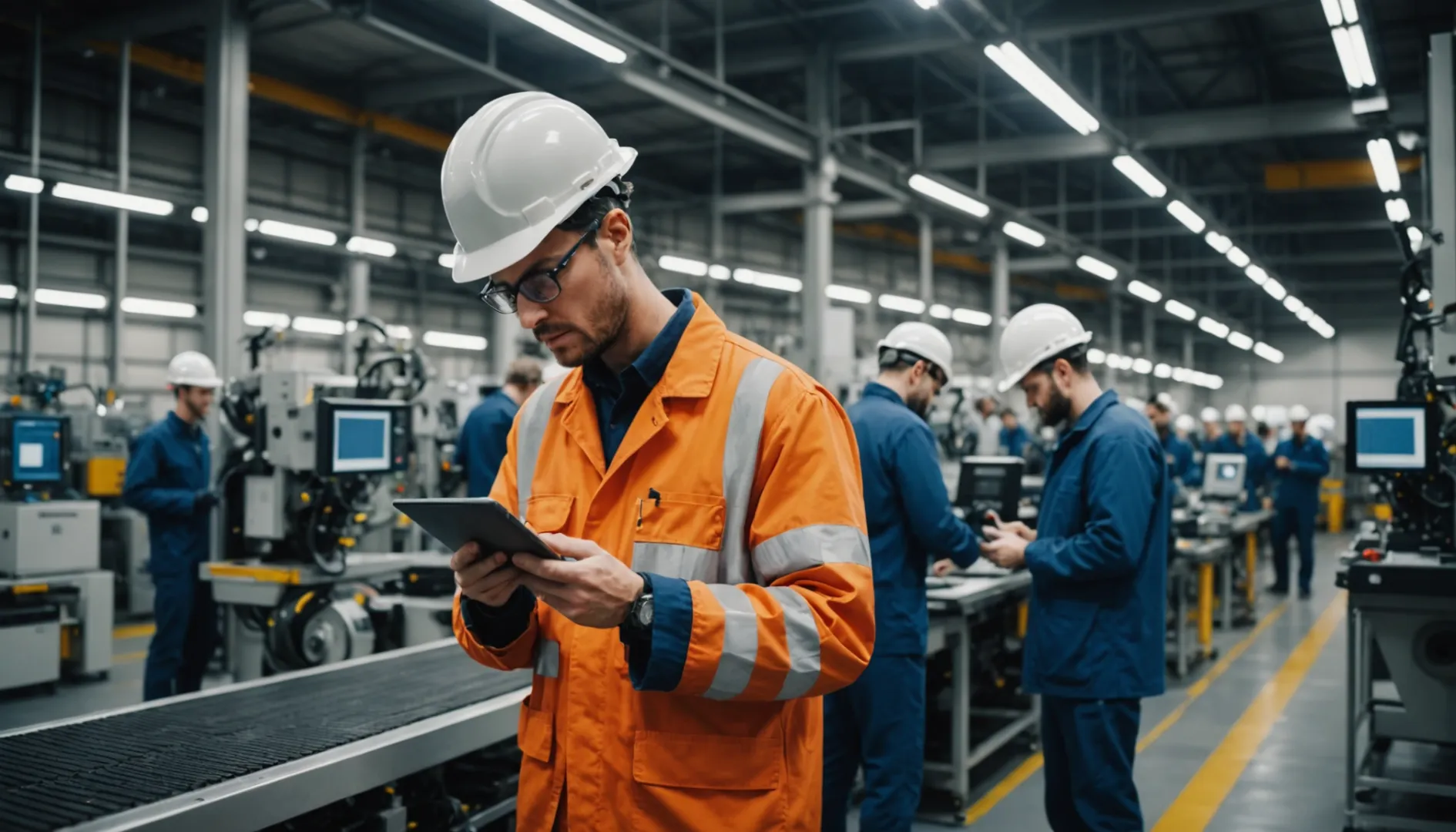
Understanding Quality Standards in Manufacturing
Quality standards are vital as they establish a baseline for product performance and safety. Manufacturers adhering to these standards demonstrate a commitment to maintaining consistent quality across their production processes. One widely recognized standard is the ISO 9001, which focuses on quality management systems. Compliance with such standards assures that the manufacturer implements efficient processes to continually improve quality.
Moreover, standards like ISO 140015 emphasize environmental management, ensuring that manufacturing practices are sustainable and environmentally friendly. This is particularly crucial in industries like air purification, where the environmental impact of products is a significant concern.
The Importance of Certification Standards
Certification standards serve as third-party validations that a product or process meets specific requirements. They are often a prerequisite for entering certain markets or segments. For instance, certifications from UL or Intertek6 confirm that products have been tested for safety and compliance with regulatory standards. These certifications reassure consumers that the products they purchase are safe and reliable.
In air purification, certifications related to energy efficiency and safety, such as Energy Star ratings, play a crucial role. They not only ensure that products meet governmental and industry regulations but also help in reducing operational costs and environmental footprints.
Choosing Manufacturers Committed to Quality
When selecting a manufacturer, it's important to evaluate their track record with quality and certification standards. A manufacturer with robust quality control processes will likely have fewer defects and higher customer satisfaction rates.
Many manufacturers work closely with third-party laboratories like SGS or TUV to obtain necessary certifications smoothly. This collaboration indicates a proactive approach to quality assurance and regulatory compliance, which can significantly mitigate risks associated with product failures or recalls.
Balancing Cost with Quality Assurance
While prioritizing quality is essential, it's equally important to consider the cost implications. Manufacturers offering products that meet rigorous quality standards may have higher production costs, which could translate into higher prices for their products. However, the long-term benefits of reduced returns, warranty claims, and enhanced brand reputation often outweigh initial cost savings.
Therefore, when choosing a manufacturer, balancing cost with quality assurance is key. Opt for partners who not only offer competitive pricing but also maintain high-quality standards and compliance across all aspects of their operations.
ISO 9001 ensures consistent quality management.True
ISO 9001 focuses on quality management systems, ensuring consistent quality.
Energy Star ratings are irrelevant in air purification.False
Energy Star ratings ensure energy efficiency, crucial in air purification.
How Can Transparent Communication Enhance Your Partnership with a Manufacturer?
Transparent communication is the cornerstone of a successful partnership with a manufacturer, ensuring mutual trust and efficiency.
Transparent communication enhances manufacturer partnerships by fostering trust, aligning goals, reducing misunderstandings, and facilitating smoother project execution.
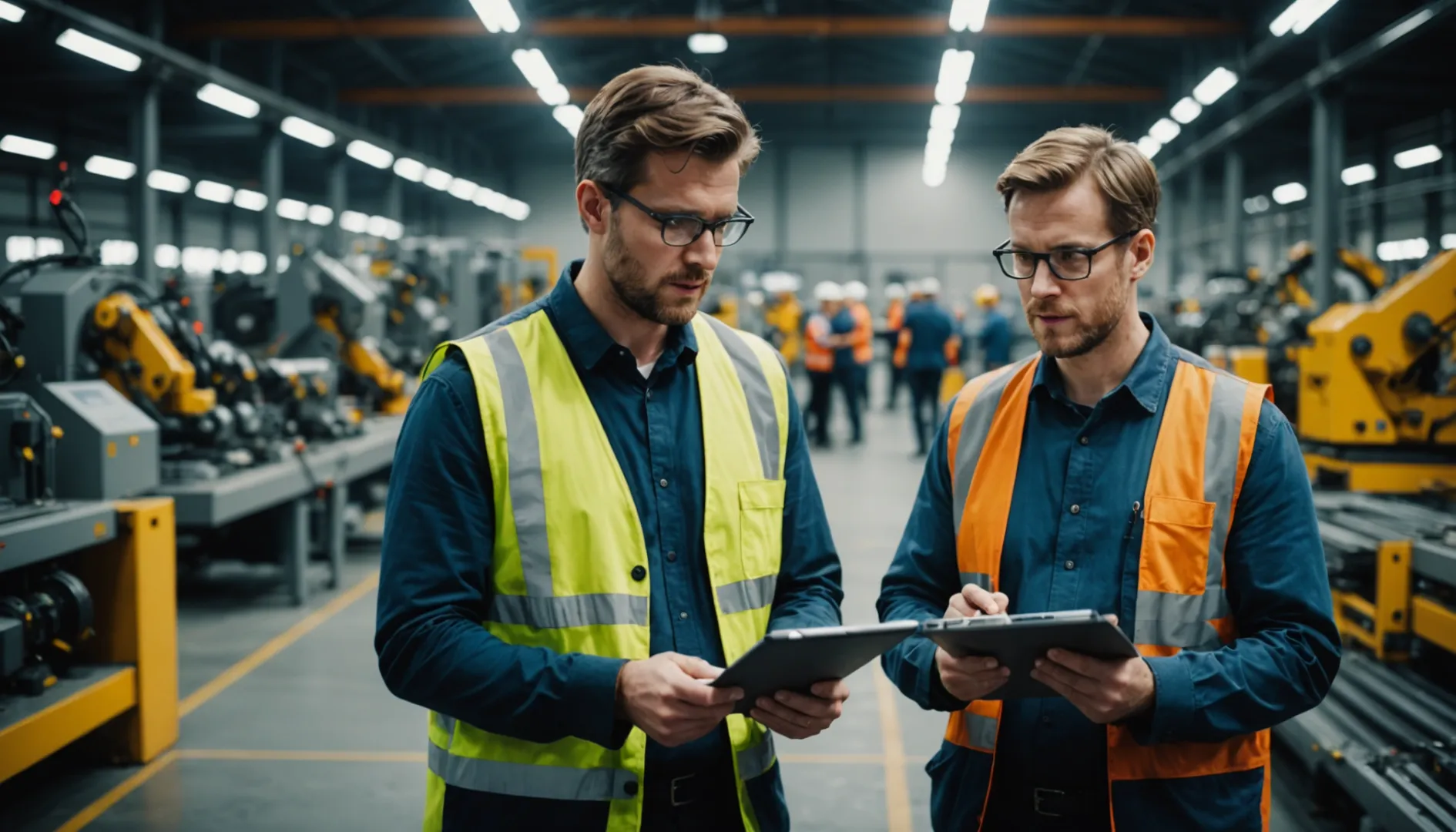
Building Trust through Clarity
Transparent communication is fundamental in building trust between you and your manufacturer partner7. When both parties are clear about expectations, timelines, and potential challenges, it sets a foundation for a reliable partnership. Trust is not only built on the quality of the product but also on the honesty and openness of each interaction.
For example, a manufacturer that openly shares production timelines and potential delays enables you to plan better and manage your own clients' expectations effectively. This level of transparency ensures that there are no surprises, and all parties are on the same page from the start.
Aligning Goals and Expectations
When you have a clear line of communication with your manufacturer, aligning goals becomes significantly easier. Both parties can set realistic objectives and understand the scope of work required to achieve them. This alignment reduces the risk of project derailment due to mismatched expectations or miscommunications.
Consider a scenario where you need a customized air purifier8 solution. By transparently discussing your requirements, the manufacturer can offer insights into feasibility, potential costs, and timelines, helping you make informed decisions.
Reducing Misunderstandings and Errors
Misunderstandings are often the root cause of project delays and increased costs. Transparent communication minimizes these risks by ensuring that all instructions and expectations are clearly understood. Regular updates and feedback loops can help identify potential issues early, allowing for corrective actions before small problems become major setbacks.
A useful practice is implementing regular check-ins or updates via video calls or written reports. These sessions allow both parties to clarify any doubts immediately and keep the project on track.
Facilitating Smoother Project Execution
Finally, transparent communication plays a critical role in facilitating smoother project execution. When both parties maintain an open dialogue, it promotes a collaborative atmosphere where ideas can be freely exchanged and improvements can be rapidly implemented.
This approach is particularly beneficial in dynamic industries where market demands can shift quickly. A transparent relationship with your manufacturer allows you to adapt swiftly to changes without compromising on product quality or delivery schedules.
In conclusion, transparent communication is not merely about exchanging information; it's about fostering a collaborative environment that drives success. By prioritizing clarity and openness, you enhance not only your partnership with the manufacturer but also the quality of the final product delivered to your customers.
Transparent communication reduces project delays.True
It minimizes misunderstandings, allowing for proactive issue resolution.
Misaligned goals have no impact on partnerships.False
Misaligned goals can derail projects due to differing expectations.
Conclusion
Reflect on these insights as you choose a manufacturer that aligns with your air quality needs, ensuring a healthier living or working space.
-
Explore how HEPA filters improve air quality at home.: Standing for high efficiency particulate air, HEPA filters trap small, harmful particles, such as pollen, pet dander, smoke and dust mites by forcing air ... ↩
-
Discover why UV-C filters are preferred in healthcare settings.: This technology is used in water purification, air filtration, respirator masks, medical facilities and more. Kills more than 99.9% of air-borne microbes by ... ↩
-
Explore how IoT technology enhances air purifier functionality.: Thanks to their intelligent scheduling and automation features, IoT-enabled air purifiers improve energy use, lowering electricity consumption ... ↩
-
Learn about integrating eco-friendly materials into product design.: LakeAir air purifiers are made of more than 60% recycled materials. The common household air purifier is made from mostly plastic. ↩
-
Discover how ISO 14001 certification enhances environmental responsibility.: Find out how ISO 14001 certification can benefit your manufacturing business with cost savings, improved waste management processes and more efficient ... ↩
-
Learn why UL or Intertek certifications ensure product safety.: Intertek is a laboratory testing service that works with materials across a wide variety of industries such as: food, chemicals, cosmetics, ... ↩
-
Learn how transparency fosters trust in manufacturer relationships.: Trust is earned by saying what we will do, sharing why, and delivering what we said we would—transparently ... ↩
-
Understand why goal alignment is crucial in manufacturing partnerships.: Reaching for the same goals helps lighten the mood at work, increase employee engagement, and reduce the number of conflicts. However, most ... ↩


